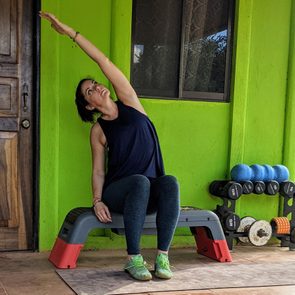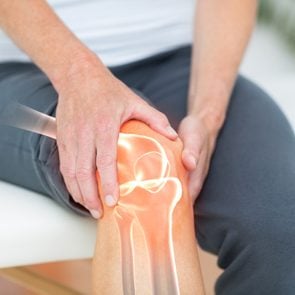3 Best IT Band Stretches to Help Relieve Tightness in Your Leg and Knee
Updated: Jun. 01, 2021
Ease tension, relieve tightness, and lessen knee pain by adding these iliotibial band, or IT band, stretches to your regular mobility routine.
Understanding IT band and knee pain
There’s a lot of misinformation out there about how to “stretch” the iliotibial (IT) band, a thick band of connective tissue that runs along the outside of your thigh from your hip, past your knee, and to the top of your shinbone, or tibia.
The first thing to know about the IT band is that it’s not a muscle; it’s a layered band of fascia, which is a type of connective tissue that surrounds and supports a variety of tissues, including organs and muscles. Its properties are different from those of muscles: stronger, less pliable, and less responsive to the act of stretching.
Its inflexibility may sound like a bad thing, especially if you’re experiencing IT band-related pain and tightness, but its design furthers its purpose—to help stabilize the knee. You don’t want a super-flexible IT band because that would cause the knee to become less stable and, therefore, more prone to injury and pain.
(Here’s how to get rid of pain on the inside of the knee.)
IT band stretching among athletes
“Stretching” the IT band is a hot topic, particularly for runners and cyclists whose sports place a lot of stress on the knees. The inflammation of the IT band that commonly results from excessive knee flexion can lead to IT band syndrome and knee pain.
IT band syndrome, also known as “runner’s knee,” can cause aching, pain, and tenderness on the outside of the knee.
(Start doing these runner’s knee exercises to help avoid pain around the knee cap.)
“Recreational runners, in particular, experience constant knee flexion followed by force being placed on hard, uneven surfaces, which puts a tremendous amount of stress on the IT band as it’s trying to stabilize the knee,” explains CJ McFarland, head strength and conditioning coach for Onnit Gym in Austin, Texas.
When the IT band experiences continual stress, it can become inflamed, which often feels like tightness. And what do people (especially athletes) want to do when they feel tight? Stretch, obviously.
(Avoid making these common running mistakes.)
The role of IT band stretches
The trouble is, the IT band itself doesn’t really respond to stretching (remember, it’s not a muscle). “You can stretch the TFL, or the tensor fasciae latae muscle, which is a small muscle attached to the IT band, but it won’t make a big impact on IT band syndrome itself,” says Lauren Lobert, a physical therapist, certified strength and conditioning specialist, and owner of Apex Physical Therapy in Brighton, Michigan.
Your best bet: Stretch the entire surrounding area, including the quadriceps (four muscles at the front of the thighs), hamstrings (at the back of the thighs), piriformis (in the buttocks, near the top of the hip), and glutes (buttocks).
“Stretching surrounding muscles of the IT band can reduce the amount of stress placed on it, which results in less inflammation after an excess amount of activity,” says McFarland. (Try these leg stretches you can do before and after your workout.)
But it’s important to remember that the IT band is long, originating at the hip and inserting just below the knee joint. As such, you should stretch all of the surrounding muscle tissue on a regular basis to help maintain proper mobility through your hips, legs, and knees.
(Here’s how to prevent a knee injury while running.)
When to work with a physical therapist
Unfortunately, if you’re still experiencing knee pain after performing regular stretches, you may have to cut back on or give up running or cycling (if those are the culprits, as they often are) for a while.
“It would be best to start doing exercises to strengthen the glutes and quadriceps so that when you slowly go back to your activity, it won’t happen again,” says Lobert. “Just stopping for a period of time isn’t going to solve the problem. You’ll likely see your symptoms return without proper rehab to fix the problem.”
She suggests working with a physical therapist if you’ve succumbed to IT band-related knee pain. (Learn more about pain management and how specialists can help.)
IT band stretches to help with tightness
Lobert points to the following three stretches as good options to address IT band-related tightness.
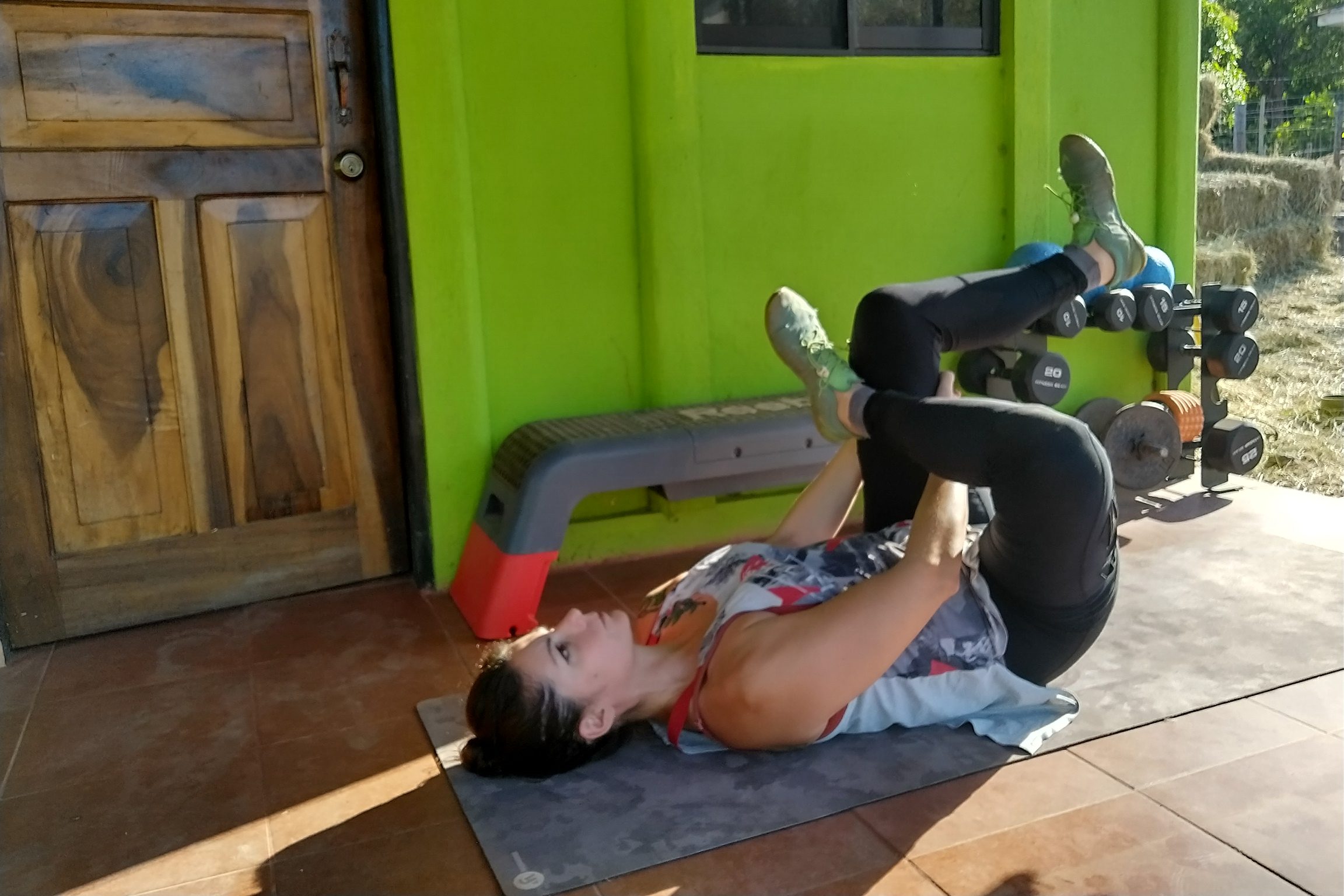
Piriformis supine figure 4 stretch
The small, band-like piriformis muscle helps with stabilizing the sacroiliac joint (situated where the pelvis and lower spine meet), externally rotating the leg, and abducting your leg (moving it away from your midline) when your hip is flexed. Addressing the tightness of the piriformis through stretches can help alleviate IT band-related knee pain. When it comes to stretching routines, the piriformis tends to get overlooked because it’s so small.
How to do it
To do the figure 4 stretch, lie on your back on a mat with your knees bent and feet flat on the floor. Cross your right ankle over your left thigh, allowing your right knee to open outward as far as it will comfortably go. Lift your left foot from the ground and use both hands to grasp behind your left thigh.
Slowly draw your left thigh closer to your torso, deepening the stretch through the outside of your right hip and into your deep glute. When you feel a good stretch, hold the position for 10 to 15 seconds, release for a breath, then perform the stretch a total of four to six times before switching sides.
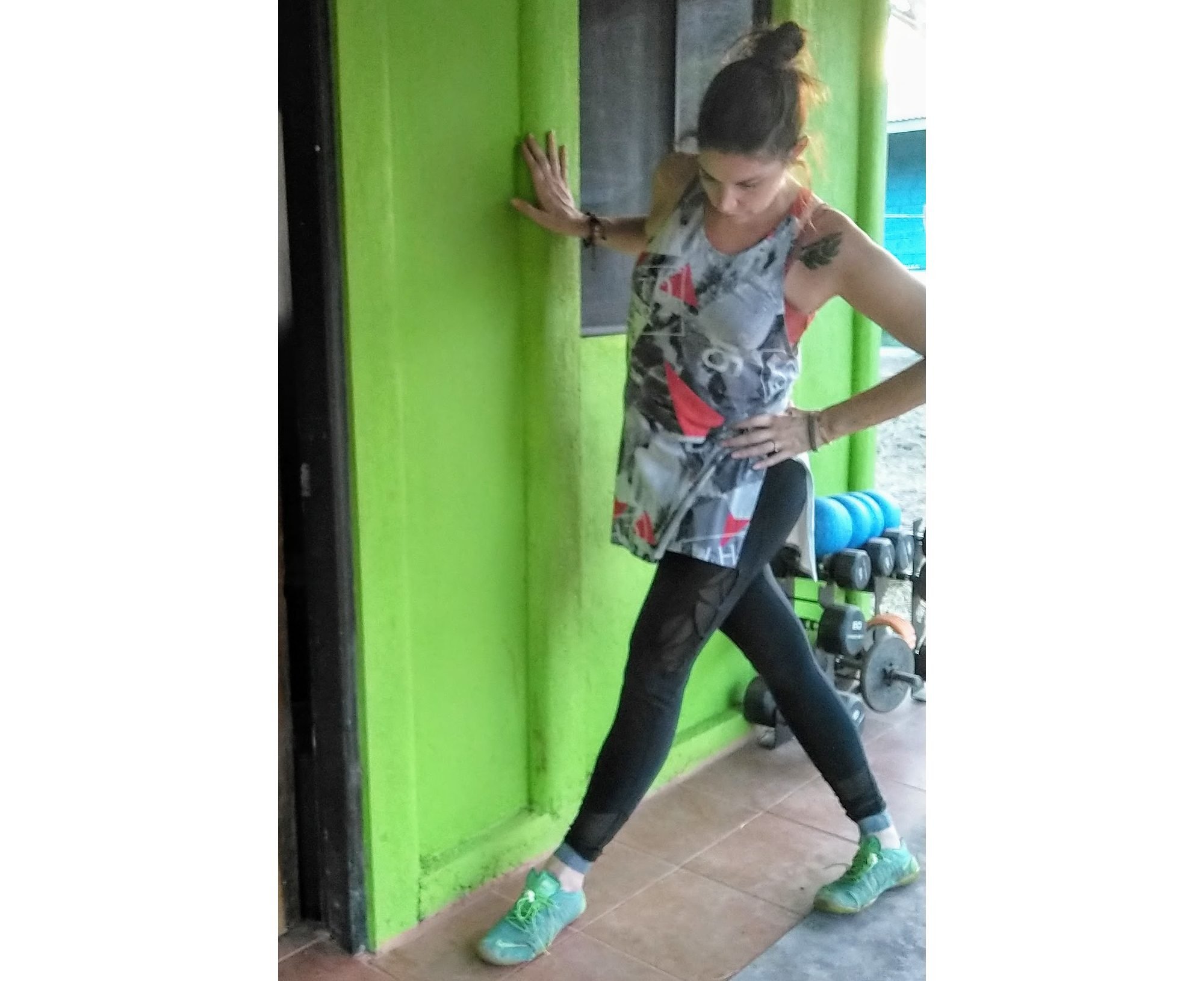
ITB/TFL stretch
It can be challenging to stretch the tensor fasciae latae (TFL), a muscle in the thigh that’s considered to be the most ignored hip flexor. Along with stretching the piriformis, glutes, hamstrings, and quadriceps, addressing tightness in the TFL will help reduce tension in the IT band.
How to do it
Stand with your right hip next to a wall, your torso perpendicular to the wall. Cross your right foot behind your left foot, then press the outside of your right hip toward the wall until you feel a stretch on the outside of your right thigh and butt. When you feel the stretch, check to make sure the toes of your right foot are pointed straight ahead, if possible, or angled slightly toward the wall.
Hold the stretch for 10 to 15 seconds, release for a breath, then perform four to six more times before switching legs.
(Try these stretches for hip pain.)
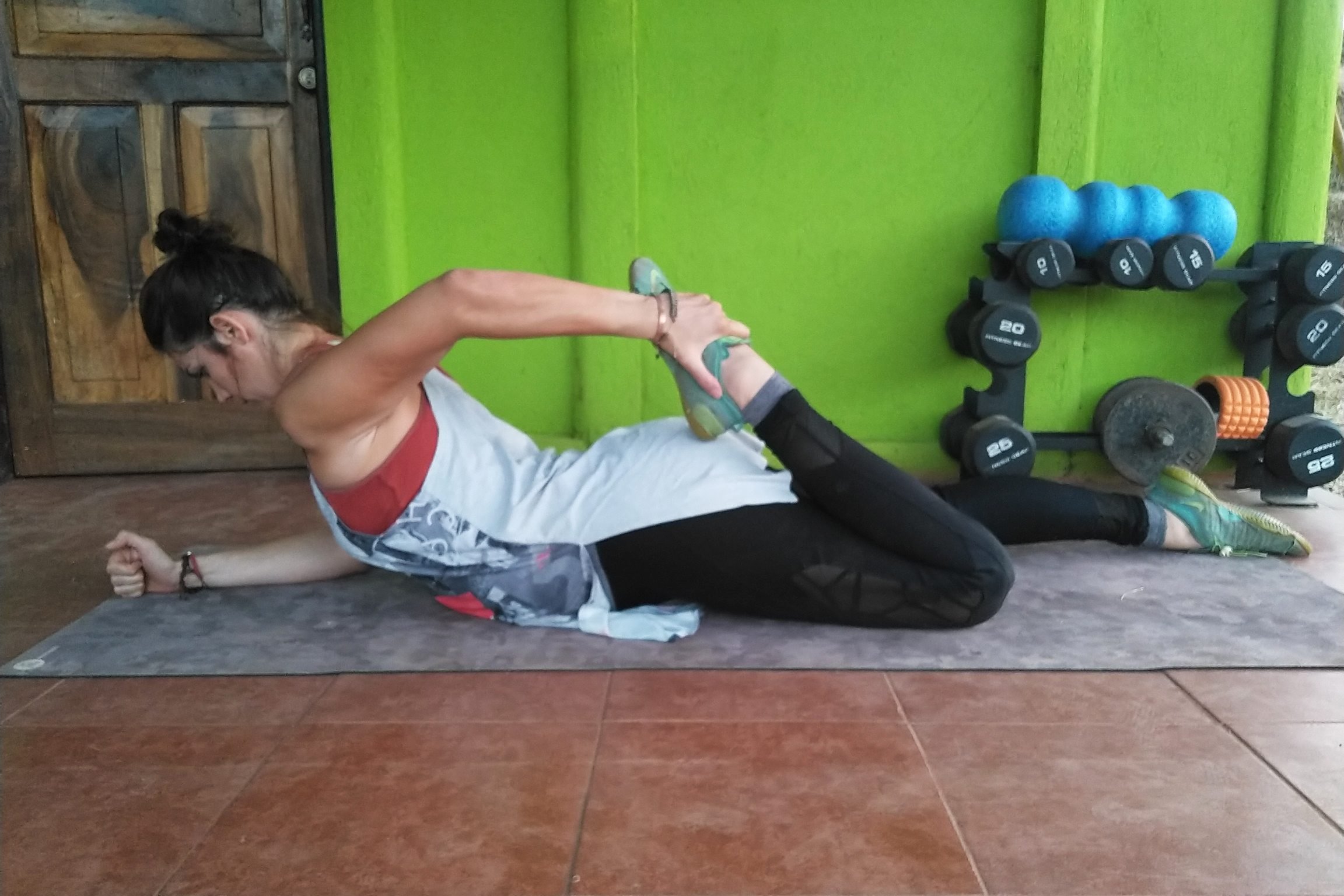
Quadriceps stretch
Your quadriceps help with leg extension and knee strength. Repetitive activities, like cycling or running, can lead to tightness in your quadriceps. During joint movement, the IT band and the quadriceps work together to provide stability to outside area of the knee. Tightness in the quadriceps can cause IT band issues and knee pain. Therefore, it’s important to stretch your quadriceps to reduce IT band pain.
How to do it
Lie on a mat on your stomach, arms at your sides and legs extended. Bend your right knee and grasp your right ankle with your right hand to pull your right heel toward your same-side glute. When you feel a stretch through the front of your right quadriceps, hold the position for 10 to 15 seconds.
Release for a breath, then repeat four to six times before switching legs.
Next, here are the best thigh exercises to tone your legs.




















